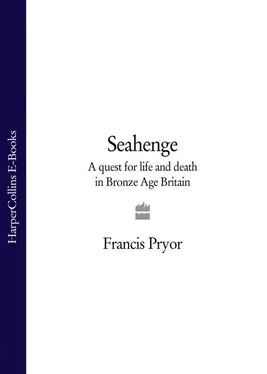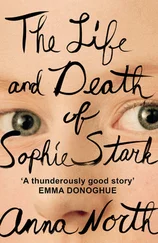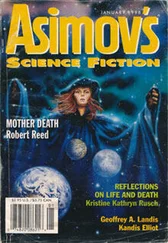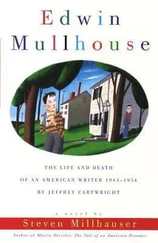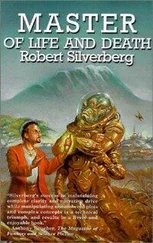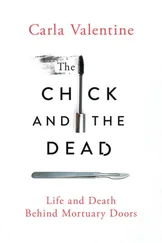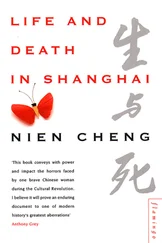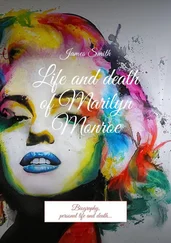Archaeology in the mid-sixties was superficially calm. Old ideas, such as the pottery-based ‘cultures’, still just managed to hold on, but a tide of new thinking and new scientific techniques was about to rip through the old order. The subject would never be the same again. As has been mentioned, one of the most profound instruments of change was radiocarbon dating. Although I’m now older and wiser, I still find it almost magical that one can take a piece of bone or charcoal, pop it into a machine for a few days and then be told how old it is – to within, say, fifty years. And if you’re lucky enough to have a decent-sized sample (a teacupful of charcoal, say) it will only cost about £200.
Before Willard F. Libby, a chemist at Chicago University, invented radiocarbon dating in 1949, archaeologists researching in remote places (such as Britain) had to work almost blind. If they wanted to date something – let us say a Neolithic stone-built tomb – they had to find similar tombs elsewhere across Europe, until eventually they reached the well-dated world of the eastern Mediterranean. In areas such as the Aegean it was believed that the dates were more secure, because actual written records – such as the famous Linear B script of Crete and Greece – extended back as far as 1400 BC. These dates may well have been more secure, but the problem didn’t lie there. It lay in the chain of false – or perhaps more truly forced – reasoning that linked the eastern Mediterranean to more peripheral areas. Radiocarbon was to expose this ruthlessly.
The idea behind radiocarbon dating is quite straightforward. Libby was researching into cosmic radiation – the process whereby the earth’s outer atmosphere is constantly bombarded by sub-atomic particles. This produces radioactive carbon, known as carbon-14. Carbon-14 is unstable and is constantly breaking down, but at a known and uniform rate: a gramme of carbon-14 will be half broken-down after 5,730 years, three-quarters broken down in twice that time (11,460 years), and so on. Libby’s breakthrough was to link this process to living things, and thence to time itself.
Carbon-14 is present in the earth’s atmosphere – in the air we all breathe – in the form of the gas carbon dioxide. Plants take in carbon dioxide through their leaves, plant-eating animals eat the leaves, and carnivores, in turn, eat the plant-eating animals. So all plants and animals – even vegetarians – absorb carbon-14 while they are alive. As soon as they die they stop taking it in; and, far more importantly for archaeology, the carbon-14 in their bodies – in their bones, their wood or whatever – starts to break down. So by measuring the amounts of carbon-14 in a bone, or piece of charcoal, fragment of cloth or peat, it is possible to estimate its age very accurately.
But there are problems. First of all, cosmic radiation has not been at a uniform rate, as Libby at first believed. Sunspots and solar flares are known to cause sudden upsurges of radiation. Nuclear testing has also filled the atmosphere with unwanted and unquantifiable radiation. As if these problems weren’t enough, the quantities of radiation being measured in radiocarbon laboratories around the world are truly minute, especially in older samples. All this uncertainty means that radiocarbon dates are usually expressed in the form of a range of years, say 1700 to 2000 BC, rather than a single central spot-date like 1850 BC.
There was a period of about ten years after the publication of Libby’s initial idea before any reliable datings became available. Then the pace began to hot up. By the time I was sitting my final exams, in May 1967, the early trickle had already become a flood. Today, radiocarbon dating is a completely routine process, carried out in various parts of the world hundreds of times every day.
Those early radiocarbon dates got me thinking about the prehistoric past in a new way. Perhaps it was the scientific certainty they implied, the fact that radiocarbon doesn’t lie. They seemed to connect us directly to the past, and in a way removed a part of the curtain of mystery which hung between us and them – those shadowy figures of the Neolithic twilight.
The new tide of radiocarbon dates produced some extraordinary results. At first, some of the dates were much earlier than archaeologists had expected. But, being human, they were loath to throw out their old ways of doing things just because some scientists told them their dates were wrong. So they pressed on regardless. Then, as the evidence accumulated around them, some conceded that they had underestimated the true age of the Neolithic and Bronze Ages, and that both periods seemed to have lasted roughly twice as long as was previously believed. All of this they could take: their scheme was basically right, just a bit too young and a bit compressed. They were shortly to be proved wrong.
By the time I was doing the revision and research for my final degree exams, it was becoming increasingly apparent that the radiocarbon revolution was not about dates alone. Prehistory was being reassembled in a new order that would have profound effects not just on what we researched – i.e. the subject-matter of our enquiries – but on our thought-processes themselves. In Britain, America and elsewhere in the mid-1960s, archaeologists were questioning the very way they thought about archaeology. How could the processes of archaeological reasoning be improved? Most important of all, how could they be made more explicit, more open to scrutiny and review? Some felt that the new wind blowing through the subject was cold and cheerless. Myself, I found it invigorating. It was good to see the cobwebs being blown away.
As a British archaeologist, working on British material, I had always felt something of a poor cousin compared with those who studied the Classical world, Egypt and the Near East. But all of that was about to change. As I realised what was happening around me, I began to feel – and it was a feeling, not a consciously worked-out idea – that British prehistory really did matter. It had its own identity and integrity. It was not a devolved by-product of someone else’s creativity, a feeble copy of something magnificent in the Aegean. No, it was well worth studying for its own sake. That was enough for me: somewhere deep inside I could detect the distant sound of a huntsman’s horn. Without knowing it, I was about to start the quest of a lifetime.
Конец ознакомительного фрагмента.
Текст предоставлен ООО «ЛитРес».
Прочитайте эту книгу целиком, купив полную легальную версию на ЛитРес.
Безопасно оплатить книгу можно банковской картой Visa, MasterCard, Maestro, со счета мобильного телефона, с платежного терминала, в салоне МТС или Связной, через PayPal, WebMoney, Яндекс.Деньги, QIWI Кошелек, бонусными картами или другим удобным Вам способом.
